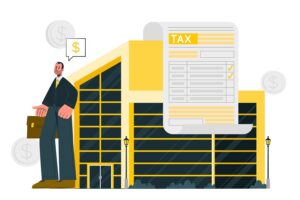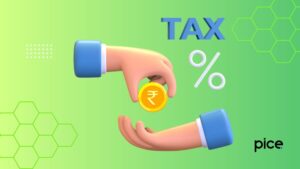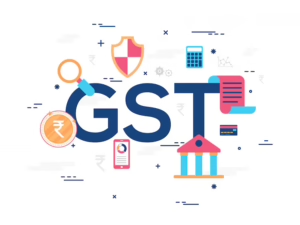Schedule II of the GST Act
- 24 Sep 24
- 9 mins

Schedule II of the GST Act
Key Takeaways
- Classification Clarity: Schedule II of the CGST Act defines activities as goods or services for correct tax treatment.
- Compliance Assurance: Proper classification helps avoid disputes and penalties with tax authorities.
- Business Guidance: It clarifies key transactions like transfers, leases, and job work for smooth GST compliance.
- Works Contracts: These and other composite supplies are treated as services, affecting GST rates and procedures.
- Risk Reduction: Correct identification helps businesses prevent costly errors and legal challenges.
Schedule II of the GST Act plays a vital role in defining transactions under the current tax regime. It classifies the activities that are to be treated as a supply of goods or services. This further helps to determine the tax rate, place, and time of supply. Schedule 2 also provides businesses insights on necessary compliance procedures and guides them to avoid heavy penalties.
In this blog, we will discuss the CGST Act, activities that are classified as the supply of goods or services, and other relevant details.
The Central Goods and Services Act, 2017 (CGST Act)
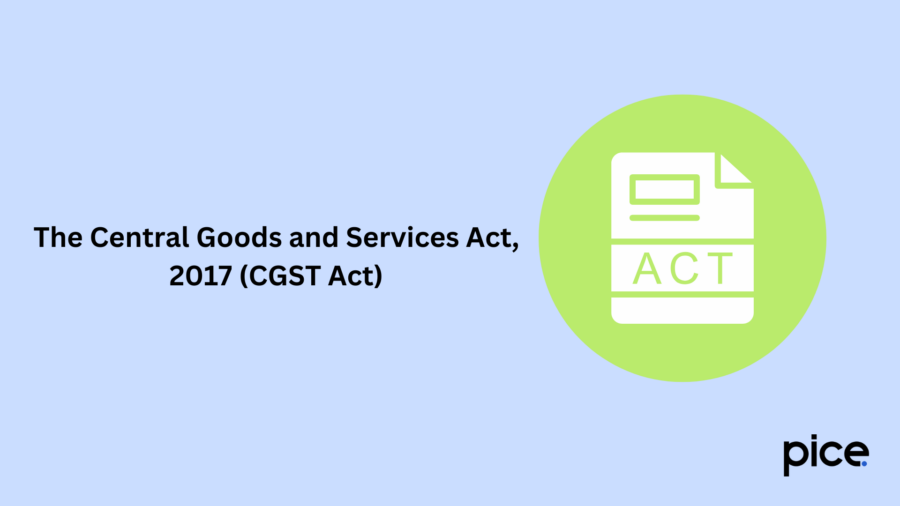
The introduction of the Goods and Services Tax (GST) made a significant mark in the taxation system of India, subsuming various indirect taxes (excise duty, VAT and service taxes) and reducing the compliance cost, tax burden and tax-on-tax effect.
The Central Goods and Services Tax Act, 2017 serves as the foundation framework for intrastate trade and for governing GST payments and administration across the country.
Classification of Goods and Services Under GST Under Schedule II of the CGST Act
Schedule II of the CGST Act details activities, which are the supply of services under the Central Goods and Services Tax. Precisely, any treatment or process which applies to another taxable person's goods is a supply of service.
Here is a detailed classification of goods and services under GST under Schedule II of the CGST Act:
Transfer of Goods
Let us discuss the temporary transfer of goods in detail.
- Any kind of transfer of the title in goods come under supply of goods
Activity of Transfer of title refers to the transfer of possession or ownership of goods from one taxable person to another taxable person. To be precise, it refers to the transfer of property in these goods.
As per Schedule II, any transfer of goods or title is a supply of goods and is a service liable to tax. For example, high sea sales, a transaction where the transfer of ownership of goods occurs while they are still on the high seas.
- Any kind of transfer of title in goods under an agreement which specifies that property in goods shall pass at a future date upon GST payment of full consideration as agreed is a supply
The transfer of rights to use the goods includes machinery and other tangible goods. It is important to remember, that the transfer of rights to use goods refers to the transfer of all rights by the transferor to the transferee except the right of ownership of goods.
For instance, provision of service such as rental services of equipment or machinery, or renting service of transport vehicles or private service vehicles. However, in certain cases, the renter determines the terms and conditions and operating services of the vehicle.
- Permanent transfers of title or transfer of tenancy rights or ownership transfer under agreement ensures that property in goods shall pass at a future date upon GST payment of entire consideration is a supply.
As per Schedule II of the CGST Act, the buyer makes an initial GST payment and pays the remaining balance in instalments when it comes to a financial lease or hire purchase.
Land & Building
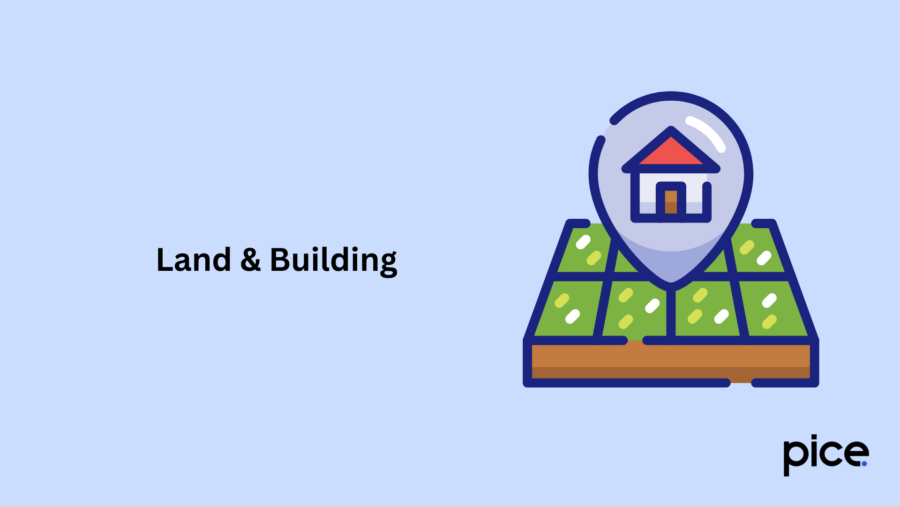
Under this, any agreement, tenancy or lease to occupy building or land services can be a supply of services. The form of lease can be either operating or financial leases. Whether the activity is the supply of goods or a supply of services, can be decided based on the following conditions:
- If the lease agreement involves a transfer of title, it is considered a supply of goods.
- If the lease agreement does not involve the transfer of title, it is considered a supply of services.
Treatment or Process
Any kind of treatment or process that applies to another person's goods falls under the supply of services. Job work is a process or treatment that a person undertakes on goods, that are under the ownership of another registered taxable person.
Job worker refers to the person who undertakes any treatment or process of goods belonging to another person. Therefore, as per Schedule II of the CGST Act, any job work is a supply of services.
Transfer of Business Assets
According to Schedule II of the CGST Act, the transfer of business assets includes:
- Where goods forming part of the assets of a business are transferred or disposed of by or under the direction of a person carrying on the business so as no longer to form part of those assets, whether or not for a consideration, such transfer or disposal is a supply of goods by the person.
Any goods which form a part of business assets and either involve transfer or disposal, irrespective of consideration, fall under the category of ‘supply of services.’ Business assets, both current and fixed, are taxable under Goods and Services Tax.
The treatment of transfer of business assets remains the same, irrespective of whether availing of input tax credit or not, whether it was a transaction in money or not, or whether goods belong to pre-GST or post-GST regime.
- Where, by or under the direction of a person carrying on business, goods held or used for the business are put to any private use or are used, or made available to any person for use, for any purpose other than a purpose of the business, whether or not for an operational consideration, the usage or making available of such goods is a supply of services.
If a person has taken possession of a goods for business purposes, it will not be a 'supply of services.' Certain exceptions are:
- Goods acquired by a person are used for personal purpose
- Transferred to another person who puts it to uses other than business
Composite Supply
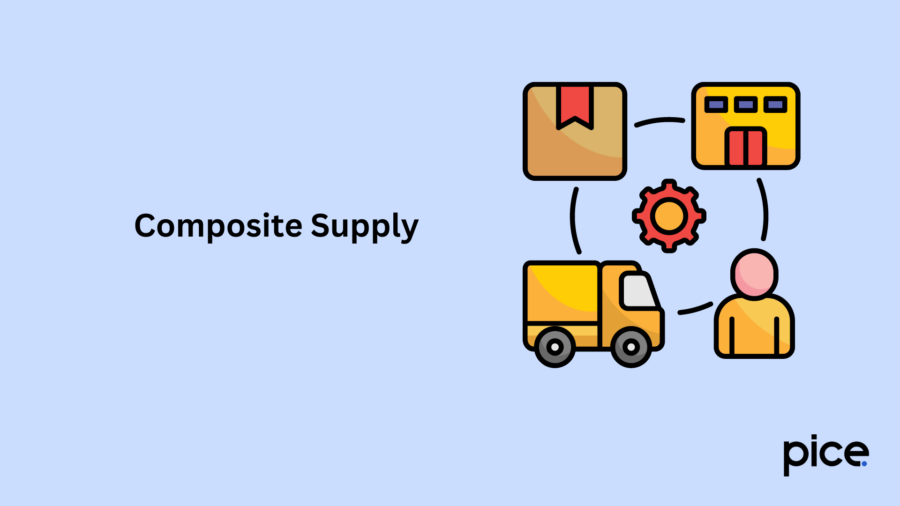
These composite supplies fall under the supply of services:
- Works contract as defined in Clause (119) of Section 2.
A work contract is a contract between two parties which involves the supply of services or goods. It can involve both immovable and movable property.
For instance, if a road construction contractor executes work on an immovable property like a building, it falls under a work contract. On the other hand, if you appoint someone for plastering, it will be a work contract that concerns movable property.
Although the rate varies as per state, VAT is applicable on works contract.
- Supply, by way of or as part of any service or in any other manner whatsoever, of goods, being food or any other article for human consumption or any drink (other than alcoholic liquor for human consumption), where such supply or service is for cash, deferred tax payment or other valuable consideration.
Schedule II-Activities to be Treated as Supply of Goods or Services
Here is a table for a better understanding of activities that are to be treated as a supply of goods or services:
- Transfer of Goods
| Activities | Treatment |
| Title transfer in goods | Goods |
| Transfer of the right or share in goods without title transfer | Services |
| Transfer in goods that will pass at a future date on full consideration | Goods |
- Treatment or Process
| Activities | Treatment |
| Any treatment or process applied to another registered person’s goods | Services |
- Transfer of Business Assets
| Activities | Treatment |
| Renting of property (immovable) | Services |
| Renting residential properties for business purposes (business properties) | Services |
| Construction of a building, civil structure or a part of it like a building or residential complex intended to sell to a buyer, either partially or wholly Construction Business). | Services |
| Development of software and information technology services | Services |
| Transfer the intellectual property right to use any kind of goods for any purpose for consideration, regardless of the duration | Service |
- Land and Building
| Activities | Treatment |
| Lease or tenancy of a property for commercial purposes | Services |
| Lease, tenancy, agreement or license of the building including industrial, commercial or residential complex for business, partly or wholly | Services |
- Composite Supply
| Activities | Treatment |
| Works Contract | Services |
| Supply of goods by any unincorporated BOP or AOP for consideration | Goods |
| Supply by service of food and drinks except for alcohol services, instead of consideration | Goods |
Conclusion
By providing a clear definition of transactions, Schedule II of the GST Act helps businesses make informed decisions and helps reduce litigation. Misclassifying an activity as supply of goods or services can lead to error and disputes with tax authorities of the country.
💡If you want to streamline your payment and make GST payments, consider using the PICE App. Explore the PICE App today and take your business to new heights.
 By
By 






